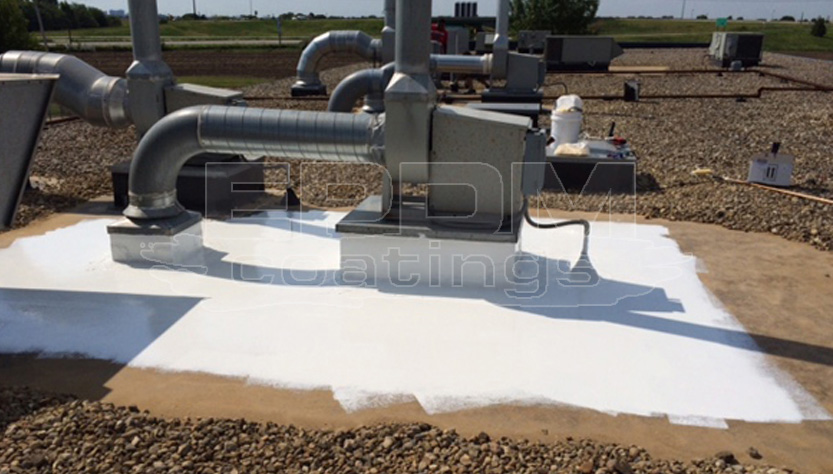Liquid butyl rubber roofing is a popular product that’s used in several different industries for roofing when more flexible protection is needed. It works great on flat roofs, such as those found with commercial buildings or on RVs, for example. What is this roofing and what are its perks, though? Is there any reason that you shouldn’t consider using liquid butyl rubber roofing? Here’s what you need to know.
This roofing is an elastomeric liquid sealant that can be applied to flat roofs, as well as metal roofs and other materials. Common substrates include concrete, metal, modified bitumen, built-up roofing (BUR), spray polyurethane foam, and single-ply roofing. This material is different than other rubber products because it is more flexible and durable, offering plenty of protection for roofs that need it.
Pros and Cons
When it comes to the benefits and disadvantages of liquid butyl rubber roofing, there are a few different things to consider. Fortunately, there are usually more pros than cons, and that’s what has been making this such a popular choice for RVs and other roofing needs.
Pros:
- Tensile strength
- Water resistance (including ponding)
- Vapor barrier
- UV protection
Cons:
- Difficult when used with spray application
- Low solids content
- Unstable with colors (not good for custom color applications)
As you can see, the cons aren’t really that big when they’re compared to the benefits of this unique roofing product. The fact that it offers premium water resistance and still remains flexible is what makes it a great choice for all kinds of applications. Some butyl roofing systems may also be coated with a white acrylic coating that will allow the roof to reflect heat and keep the building cool year-round.
These roof coatings are highly effective for those who want a more efficient, durable roofing solution. These flexible roofs can last for 20 to 50 years, depending on how they’re maintained and with occasional re-coatings of the topcoat. Working with the experts will help you find the best butyl roof coatings for your needs, no matter what you have in mind. If you’re not sure what you need, consult with the pros and choose the right roofing material based on your situation. Now that you know more about liquid butyl rubber roofing, you’ll be better able to decide if it’s the right fit for the job or find a product that is.


